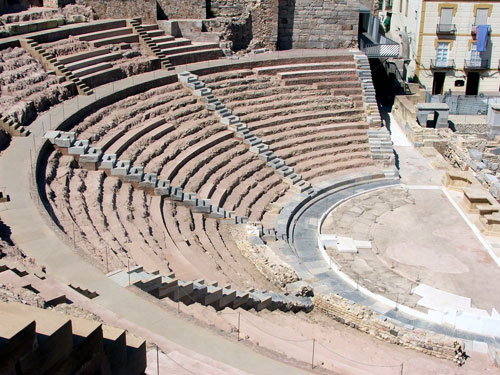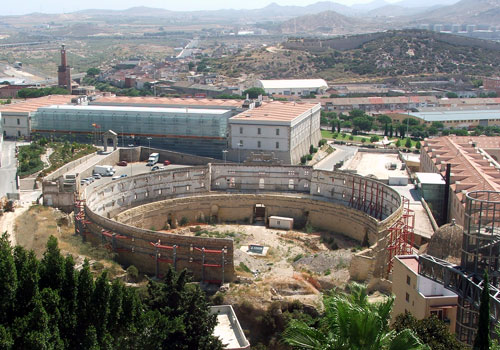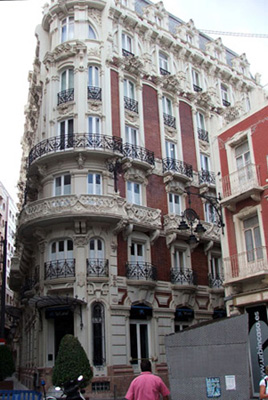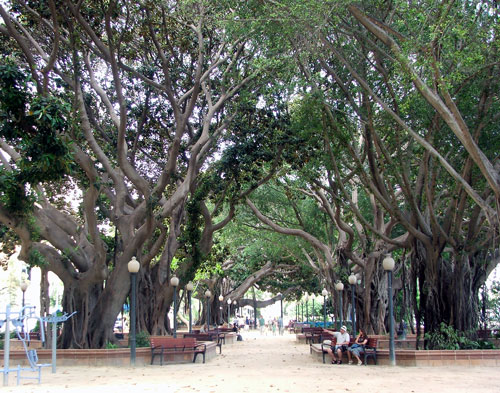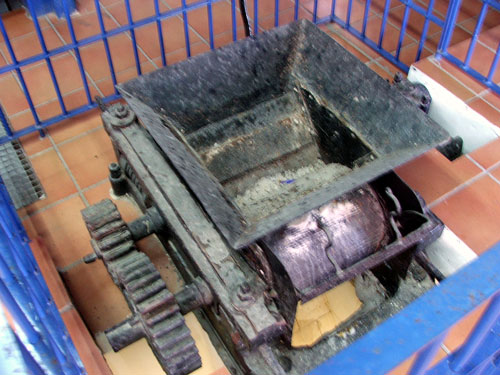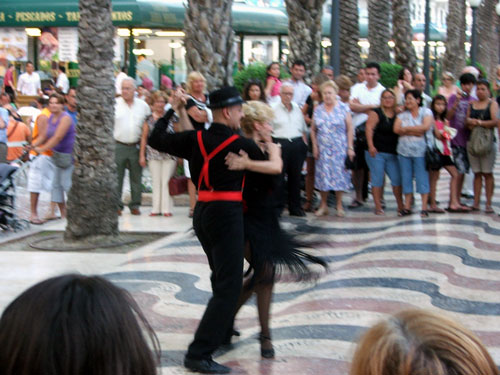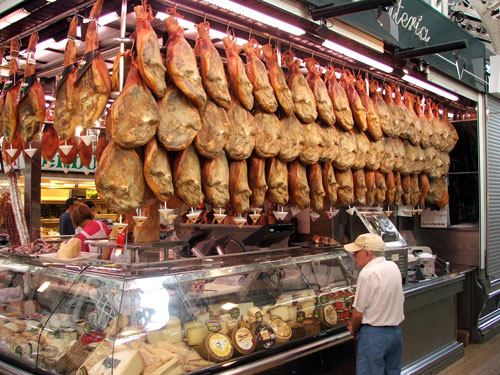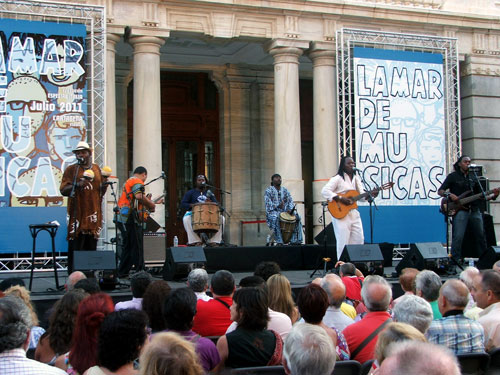 |
 |
 |
When you're sipping Sangria and nibbling tapas, you don't really think about the Western history on which you're sitting. For example, Cartagena is so named because it was settled by the Carthaginians (Cartagena = new Carthage). Successive conquerors were the Romans, the Vandals, Visigoths, Byzantines, and so many more. The result is that the remaining infrastructures are rich with millennia of technology and architectural influences on both the surroundings and the culture.
